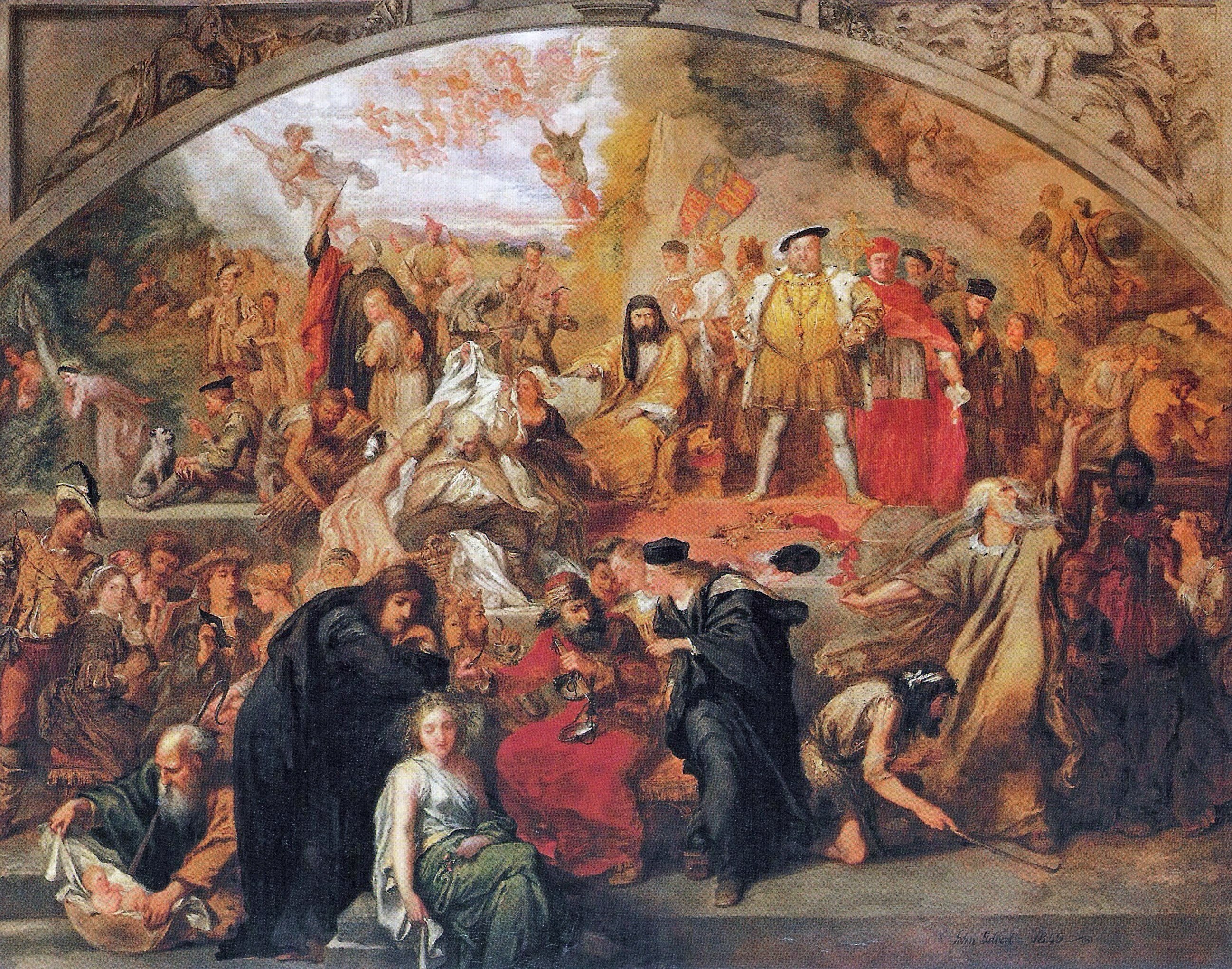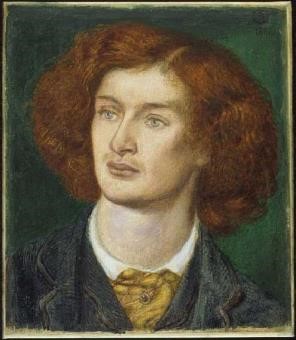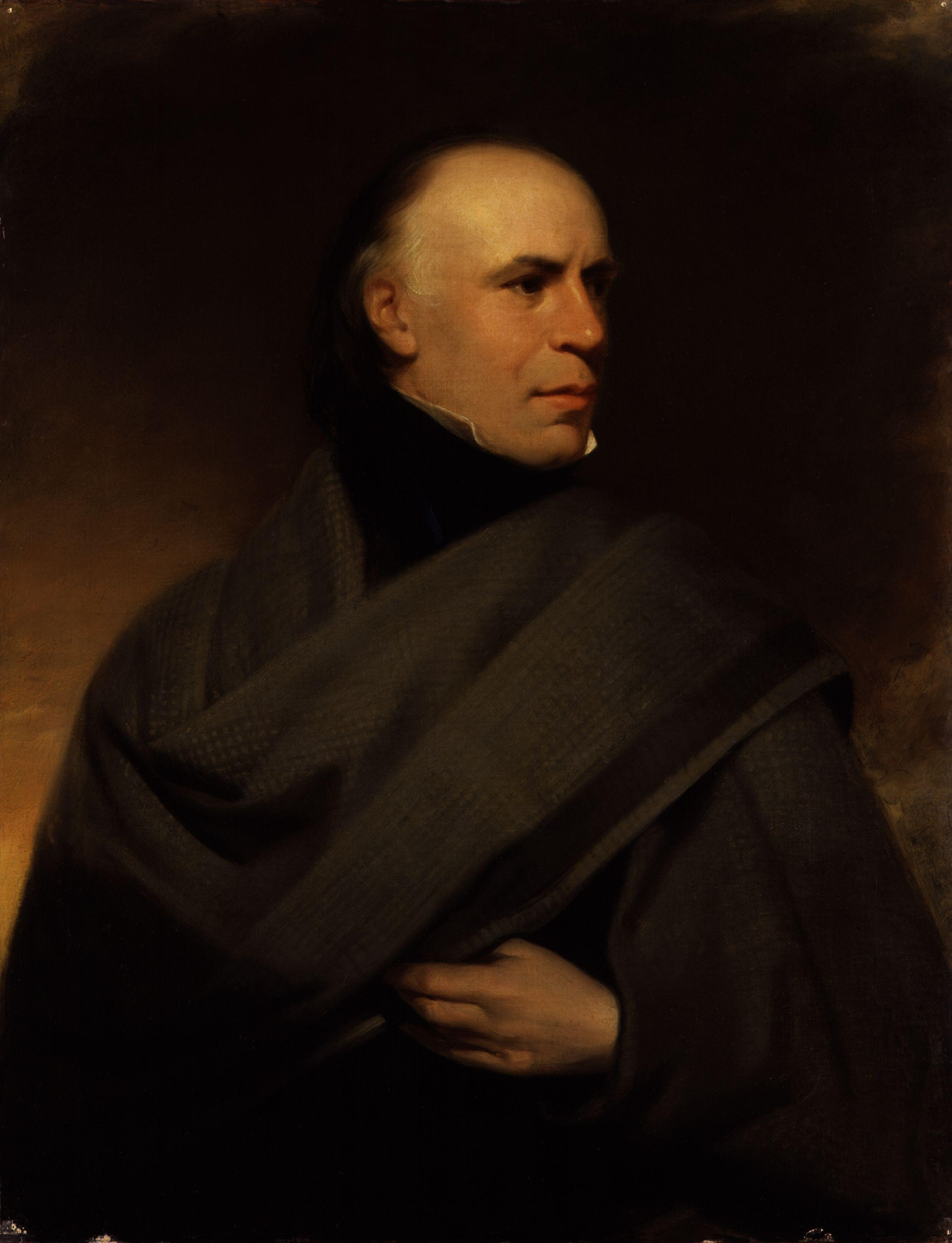|
Poetical Sketches
''Poetical Sketches'' is the first collection of poetry and prose by William Blake, written between 1769 and 1777. Forty copies were printed in 1783 with the help of Blake's friends, the artist John Flaxman and the Reverend Anthony Stephen Mathew, at the request of his wife Harriet Mathew. The book was never published for the public, with copies instead given as gifts to friends of the author and other interested parties. Of the forty copies, fourteen were accounted for at the time of Geoffrey Keynes' census in 1921. A further eight copies had been discovered by the time of Keynes' ''The Complete Writings of William Blake'' in 1957.Keynes (1966: 883) In March 2011, a previously unrecorded copy was sold at auction in London for £72,000. Publication The original 1783 copies were seventy-two pages in length, printed in octavo by John Flaxman's aunt, who owned a small print shop in the Strand, and paid for by Anthony Stephen Mathew and his wife Harriet, dilettantes to whom Blake ... [...More Info...] [...Related Items...] OR: [Wikipedia] [Google] [Baidu] |
Poetical Sketches Title Page
Poetry (derived from the Greek language, Greek ''poiesis'', "making"), also called verse, is a form of literature that uses aesthetics, aesthetic and often rhythmic qualities of language − such as phonaesthetics, sound symbolism, and metre (poetry), metre − to evoke meanings in addition to, or in place of, a prosaic ostensible meaning (linguistics), meaning. A poem is a Composition (language), literary composition, written by a poet, using this principle. Poetry has a long and varied history of poetry, history, evolving differentially across the globe. It dates back at least to prehistoric times with hunting poetry in Africa and to panegyric and elegiac court poetry of the empires of the Nile, Niger River, Niger, and Volta River valleys. Some of the earliest written poetry in Africa occurs among the Pyramid Texts written during the 25th century BCE. The earliest surviving Western Asian epic poetry, the ''Epic of Gilgamesh'', was written in Sumerian language, Sumerian. E ... [...More Info...] [...Related Items...] OR: [Wikipedia] [Google] [Baidu] |
Proofreading
Proofreading is the reading of a galley proof or an electronic copy of a publication to find and correct reproduction errors of text or art. Proofreading is the final step in the editorial cycle before publication. Professional Traditional method A "galley proof" (familiarly, "a proof") is a typeset version of copy or a manuscript document. It may contain typographical errors ("printer's errors"), as a result of human error during typesetting. Traditionally, a proofreader looks at an increment of text on the copy, compares it to the corresponding typeset increment, and then marks any errors (sometimes called "line edits") using standard proofreaders' marks. Unlike copy editing, the defining procedure of a proofreading service is to work directly with two sets of information at the same time. Proofs are then returned to the typesetter for correction. Correction-cycle proofs will typically have one descriptive term, such as "bounce", "bump", or "revise" unique to the depart ... [...More Info...] [...Related Items...] OR: [Wikipedia] [Google] [Baidu] |
Ben Jonson
Benjamin "Ben" Jonson (c. 11 June 1572 – c. 16 August 1637) was an English playwright and poet. Jonson's artistry exerted a lasting influence upon English poetry and stage comedy. He popularised the comedy of humours; he is best known for the satirical plays ''Every Man in His Humour'' (1598), '' Volpone, or The Fox'' (c. 1606), '' The Alchemist'' (1610) and '' Bartholomew Fair'' (1614) and for his lyric and epigrammatic poetry. "He is generally regarded as the second most important English dramatist, after William Shakespeare, during the reign of James I." Jonson was a classically educated, well-read and cultured man of the English Renaissance with an appetite for controversy (personal and political, artistic and intellectual) whose cultural influence was of unparalleled breadth upon the playwrights and the poets of the Jacobean era (1603–1625) and of the Caroline era (1625–1642)."Ben Jonson", ''Grolier Encyclopedia of Knowledge'', volume 10, p. 388. His ancestor ... [...More Info...] [...Related Items...] OR: [Wikipedia] [Google] [Baidu] |
John Milton
John Milton (9 December 1608 – 8 November 1674) was an English poet and intellectual. His 1667 epic poem ''Paradise Lost'', written in blank verse and including over ten chapters, was written in a time of immense religious flux and political upheaval. It addressed the fall of man, including the temptation of Adam and Eve by the fallen angel Satan and God's expulsion of them from the Garden of Eden. ''Paradise Lost'' is widely considered one of the greatest works of literature ever written, and it elevated Milton's widely-held reputation as one of history's greatest poets. He also served as a civil servant for the Commonwealth of England under its Council of State and later under Oliver Cromwell. Writing in English, Latin, and Italian, Milton achieved global fame and recognition during his lifetime; his celebrated ''Areopagitica'' (1644), written in condemnation of pre-publication censorship, is among history's most influential and impassioned defences of freedom of ... [...More Info...] [...Related Items...] OR: [Wikipedia] [Google] [Baidu] |
Shakespeare's Plays
Shakespeare's plays are a canon of approximately 39 dramatic works written by English poet, playwright, and actor William Shakespeare. The exact number of plays—as well as their classifications as tragedy, history, comedy, or otherwise—is a matter of scholarly debate. Shakespeare's plays are widely regarded as being among the greatest in the English language and are continually performed around the world. The plays have been translated into every major living language. Many of his plays appeared in print as a series of quartos, but approximately half of them remained unpublished until 1623, when the posthumous First Folio was published. The traditional division of his plays into tragedies, comedies, and histories follows the categories used in the First Folio. However, modern criticism has labeled some of these plays " problem plays" that elude easy categorisation, or perhaps purposely break generic conventions, and has introduced the term romances for what scholars beli ... [...More Info...] [...Related Items...] OR: [Wikipedia] [Google] [Baidu] |
Elizabethan Literature
Elizabethan literature refers to bodies of work produced during the reign of Queen Elizabeth I (1558–1603), and is one of the most splendid ages of English literature. In addition to drama and the theatre, it saw a flowering of poetry, with new forms like the sonnet, the Spenserian stanza, and dramatic blank verse, as well as prose, including historical chronicles, pamphlets, and the first English novels. Major writers include William Shakespeare, Edmund Spenser, Christopher Marlowe, Richard Hooker, Ben Jonson, Philip Sidney, and Thomas Kyd. Historical context Elizabeth I presided over a vigorous culture that saw notable accomplishments in the arts, voyages of discovery, the "Elizabethan Settlement" that created the Church of England, and the defeat of military threats from Spain. During her reign, a London-centred culture, both courtly and popular, produced great poetry and drama. English playwrights combined the influence of the Medieval theatre with the Renaissance's red ... [...More Info...] [...Related Items...] OR: [Wikipedia] [Google] [Baidu] |
John Sampson (linguist)
John Sampson (1862–1931) was an Irish linguist, literary scholar and librarian. As a scholar he is best known for ''The Dialect of the Gypsies of Wales'' (1926), an authoritative grammar of the Welsh Romani language. Early life He was born in Schull, County Cork, Ireland, the son of James Sampson (1813-c. 1871), a chemist and engineer, and his wife Sarah Anne Macdermott; he was brother to Ralph Allen Sampson(1866-1939). James Sampson left Ireland after losing all his money in a bank failure. The family with four sons moved to Liverpool in 1871. John Sampson, the eldest, left school at the age of 14, after his father's death, and was apprenticed to the engraver and lithographer Alexander MacGregor. MacGregor retired when Sampson was aged 22, and from 1888 he ran his own printing business, in Liverpool's Corn Exchange. Sampson became librarian at University College, Liverpool in 1892, largely self-taught. His printing business had failed that year, and his application was suppo ... [...More Info...] [...Related Items...] OR: [Wikipedia] [Google] [Baidu] |
Edwin Ellis (poet)
Edwin John Ellis (1848–1916) was a British poet and illustrator. He is now remembered mostly for the three-volume collection of the works of William Blake he edited with W. B. Yeats. It is now criticised, however, for weak scholarship, and preconceptions. Life Ellis was a son of Alexander John Ellis. He was a long-term friend of John Butler Yeats, sharing an interest in aesthetics, and from 1869 a London studio in Newman Street; but was not on good terms with Susan his wife. Ellis was in an association with John Trivett Nettleship, and Sydney Hall, also followers of Blake, as well as John Butler Yeats and George Wilson (1848–1890, a Scottish Pre-Raphaelite inspired artist). Called ''The Brotherhood'', the group was set up in 1869, with Hall leaving early. When the Yeats family moved to Bedford Park in London, which occurred in 1879, Ellis met the son William Butler Yeats. W. B. Yeats became close to the "vague and depressive" Ellis in 1888. Their joint study of Blake b ... [...More Info...] [...Related Items...] OR: [Wikipedia] [Google] [Baidu] |
Algernon Charles Swinburne
Algernon Charles Swinburne (5 April 1837 – 10 April 1909) was an English poet, playwright, novelist, and critic. He wrote several novels and collections of poetry such as '' Poems and Ballads'', and contributed to the famous Eleventh Edition of the ''Encyclopædia Britannica''. Swinburne wrote about many taboo topics, such as lesbianism, sado-masochism, and anti-theism. His poems have many common motifs, such as the ocean, time, and death. Several historical people are featured in his poems, such as Sappho ("Sapphics"), Anactoria ("Anactoria"), and Catullus ("To Catullus"). Biography Swinburne was born at 7 Chester Street, Grosvenor Place, London, on 5 April 1837. He was the eldest of six children born to Captain (later Admiral) Charles Henry Swinburne (1797–1877) and Lady Jane Henrietta, daughter of the 3rd Earl of Ashburnham, a wealthy Northumbrian family. He grew up at East Dene in Bonchurch on the Isle of Wight. The Swinburnes also had a London home at Whiteha ... [...More Info...] [...Related Items...] OR: [Wikipedia] [Google] [Baidu] |
Dante Gabriel Rossetti
Gabriel Charles Dante Rossetti (12 May 1828 – 9 April 1882), generally known as Dante Gabriel Rossetti (), was an English poet, illustrator, painter, translator and member of the Rossetti family. He founded the Pre-Raphaelite Brotherhood in 1848 with William Holman Hunt and John Everett Millais. Rossetti inspired the next generation of artists and writers, William Morris and Edward Burne-Jones in particular. His work also influenced the European Symbolists and was a major precursor of the Aesthetic movement. Rossetti's art was characterised by its sensuality and its medieval revivalism. His early poetry was influenced by John Keats and William Blake. His later poetry was characterised by the complex interlinking of thought and feeling, especially in his sonnet sequence, ''The House of Life''. Poetry and image are closely entwined in Rossetti's work. He frequently wrote sonnets to accompany his pictures, spanning from '' The Girlhood of Mary Virgin'' (1849) and ''Astarte ... [...More Info...] [...Related Items...] OR: [Wikipedia] [Google] [Baidu] |
Life Of William Blake
The ''Life of William Blake, "Pictor Ignotus." With selections from his poems and other writings'' is a two-volume work on the English painter and poet William Blake, first published in 1863. The first volume is a biography and the second a compilation of Blake's poetry, prose, artwork and illustrated manuscript. The book was largely written by Alexander Gilchrist, who had spent many years compiling the material and interviewing Blake's surviving friends. However, Gilchrist had left it incomplete at his sudden death from scarlet fever in 1861. The work was published two years later, having been completed by his widow Anne Gilchrist with help from Dante Gabriel Rossetti and William Michael Rossetti. The book became the first standard text on the Blake, a foundation of the extensive scholarship on his life and work. The original 1863 edition was subtitled "Pictor Ignotus", Latin for "unknown artist", a common phrase used for unattributed artworks. Here it refers to Blake's obscu ... [...More Info...] [...Related Items...] OR: [Wikipedia] [Google] [Baidu] |
Allan Cunningham (author)
Allan Cunningham (7 December 178430 October 1842) was a Scottish poet and author. Life He was born at Keir, near Dalswinton, Dumfries and Galloway, and first worked as a stonemason's apprentice. His father was a neighbour of Robert Burns at Ellisland, and Allan with his brother James visited James Hogg, the "Ettrick shepherd", who became a friend to both. Cunningham's other brothers were the naval surgeon Peter Miller Cunningham (1789–1864) and the poet, Thomas Mounsey Cunningham (1776–1834). Cunningham gave his leisure to reading and writing imitations of old Scottish ballads. In 1809 he collected old ballads for Robert Hartley Cromek Robert Hartley Cromek (1770–1812) was an English engraver, editor, art dealer and entrepreneur who was most active in the early nineteenth century. He is best known for having allegedly cheated William Blake out of the potential profits of his e ...'s ''Remains of Nithsdale and Galloway Song''; he sent in, however, poems of his o ... [...More Info...] [...Related Items...] OR: [Wikipedia] [Google] [Baidu] |

.jpg)



.jpg)

_29.png)



